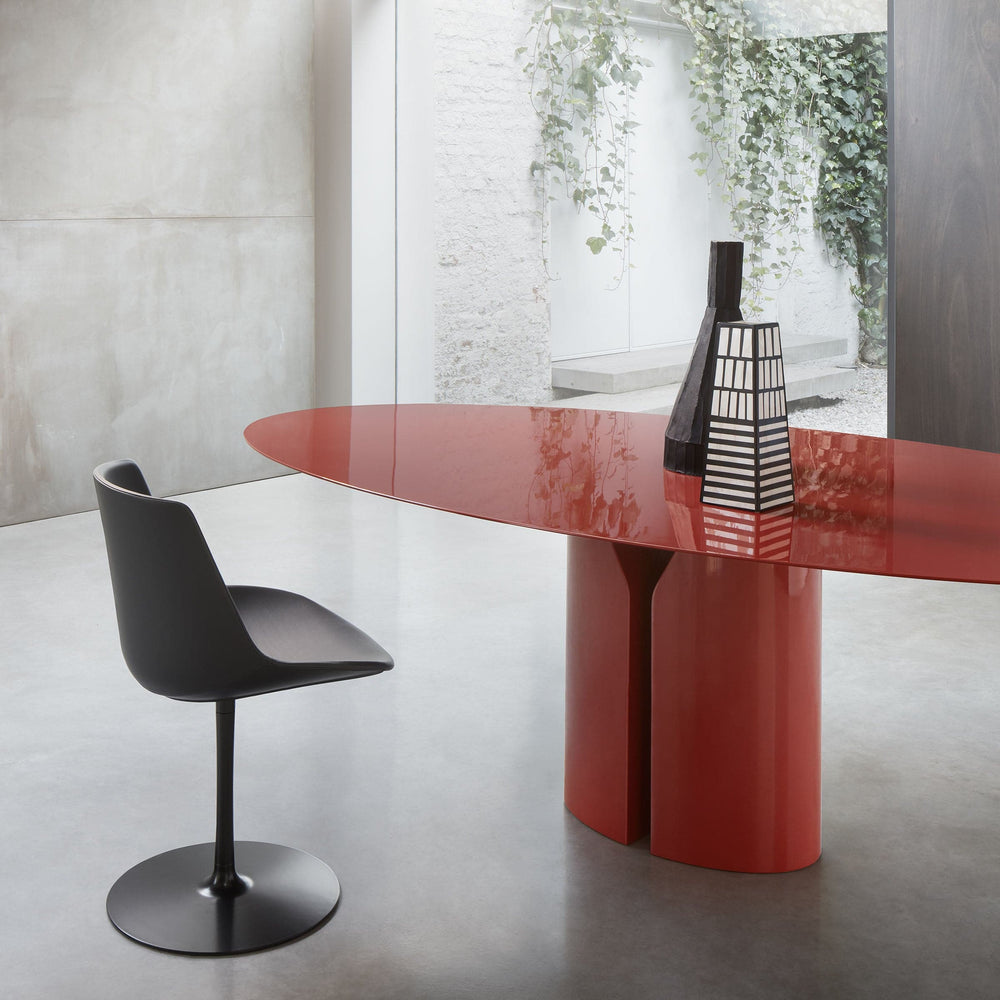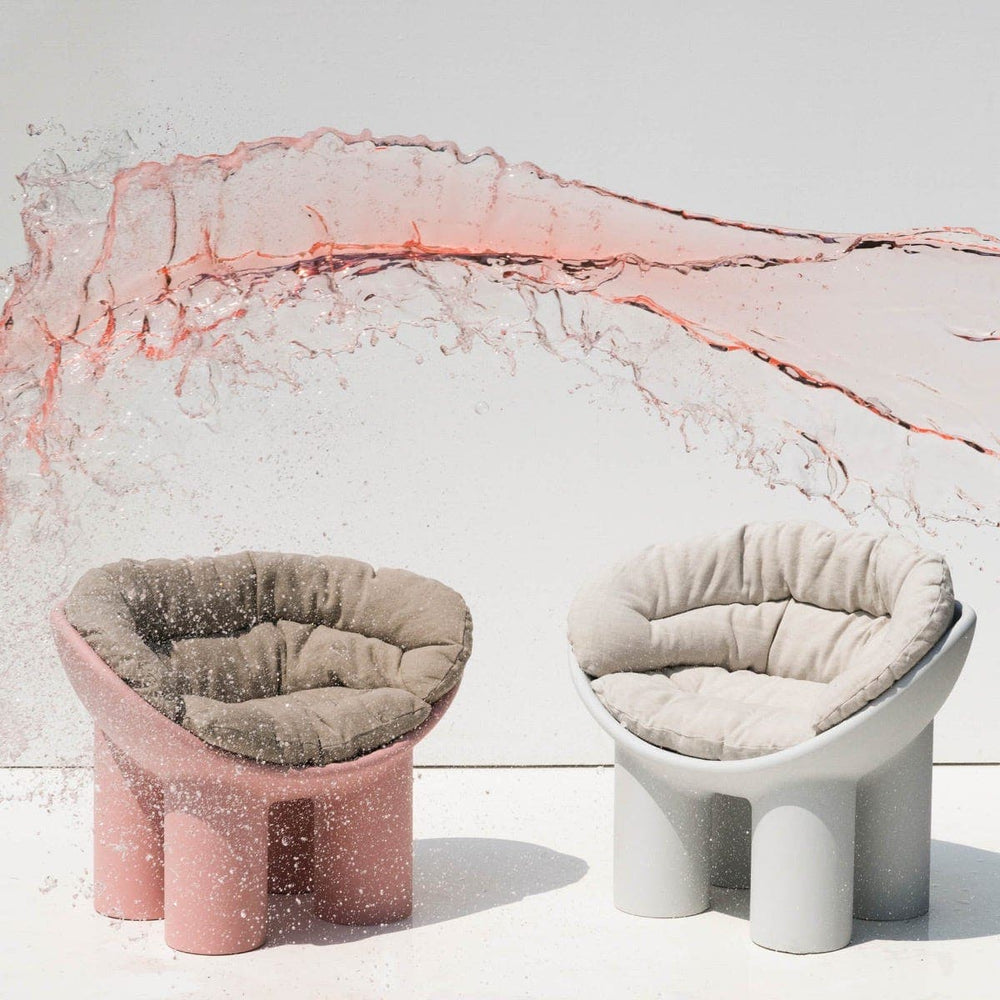TUTORIEL : Kintsugi, l'art des cicatrices céramiques par Emanuele Drago
Que faites-vous lorsqu'un verre ou céramique un de vos objets tombe et se brise ? Vous voyez un verre ou un vase cassé auquel vous teniez, et faites la seule chose à laquelle vous pensez : le jeter, car il est déjà inutile à vos yeux. Pourtant, sachez qu'il existe une autre façon de voir cet objet cassé : le pratique japonaise de kintsugi fait exactement le contraire.
La philosophie derrière le Kintsugi
Dans le monde occidental, tout ce qui s'écarte de l'idéal de perfection est souvent considéré comme un défaut à éliminer. Au lieu de cela, les objets réparés avec le kintsugi la technique prend un signification philosophique qui va bien au-delà de leur simple usage : les difficultés de la vie que nous surmontons peuvent causer des blessures profondes en nous, pourtant ces cicatrices ne devraient pas être cachées parce qu'elles sont laides. Au lieu de cela, elles représentent une croissance personnelle. Une fois que nous les avons assimilées, nous pouvons apprendre à les porter avec fierté, nous rendant plus beaux à l'intérieur comme à l'extérieur.
Comment réparer la poterie cassée en utilisant le Kintsugi
La poterie cassée est restaurée à sa forme originale grâce à l'utilisation d'une résine combinée à des métaux précieux (or ou argent) et qui reconnecte les éclats cassés. La résine est essentiellement utilisée comme une pâte à modeler pour combler les trous, fissures ou zones où des parties pourraient manquer du pot original. C'est l'étape la plus complexe, car toutes les pièces doivent être placées en même temps et le laque ne peut pas être retiré une fois sec. Le laque doit ensuite sécher et durcir – un processus qui prend plusieurs semaines.
Si vous souhaitez essayer de réparer des objets en céramique cassés auxquels vous tenez, il existe des kits en ligne conçus pour reproduire facilement cet art japonais ancien à la maison.
En fin de compte, le kintsugi la philosophie accueille les imperfections et l'unicité, voyant ces « cicatrices » comme des signes du passage du temps : une renaissance, plutôt qu'un triste épilogue. L'objet réparé devient une œuvre d'art dont les fissures, telles des rides sages et précieuses, témoignent de son histoire et le distinguent des autres objets.
Emanuele Drago
















